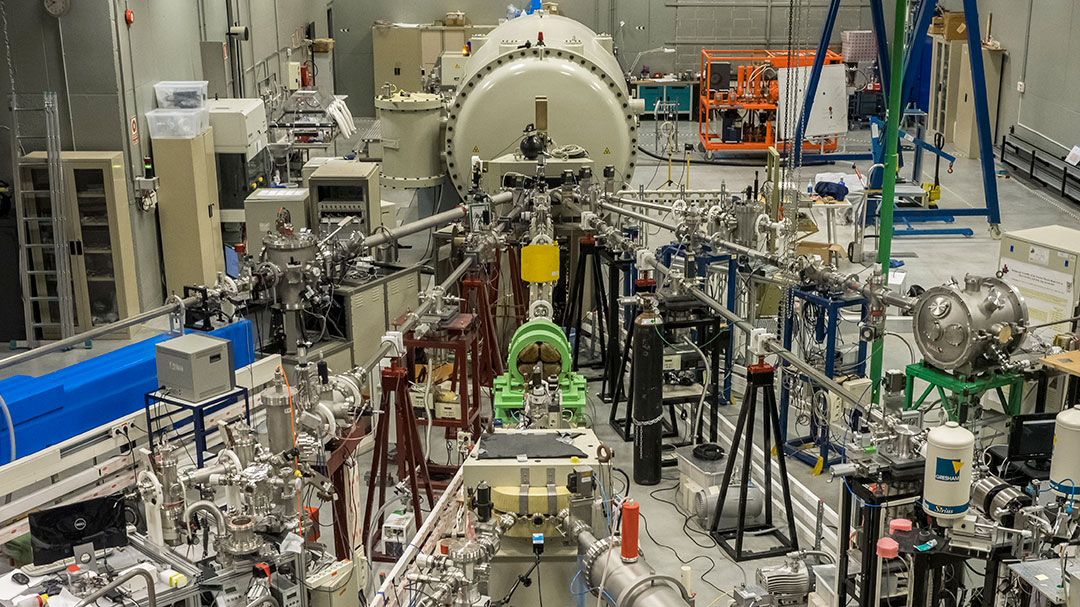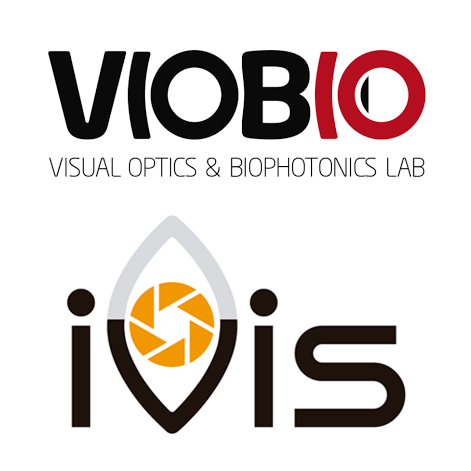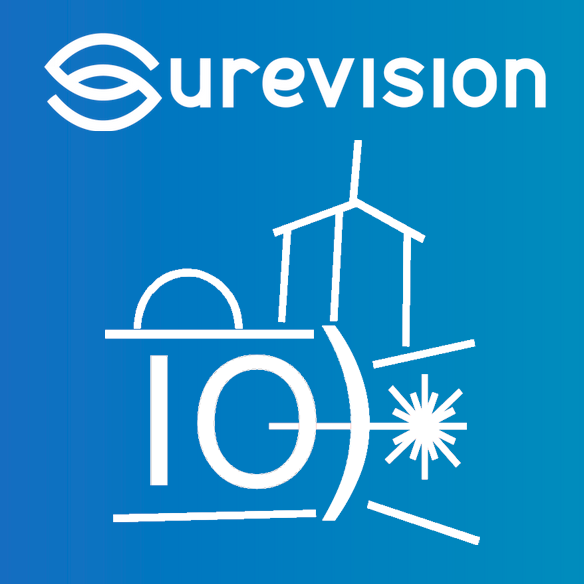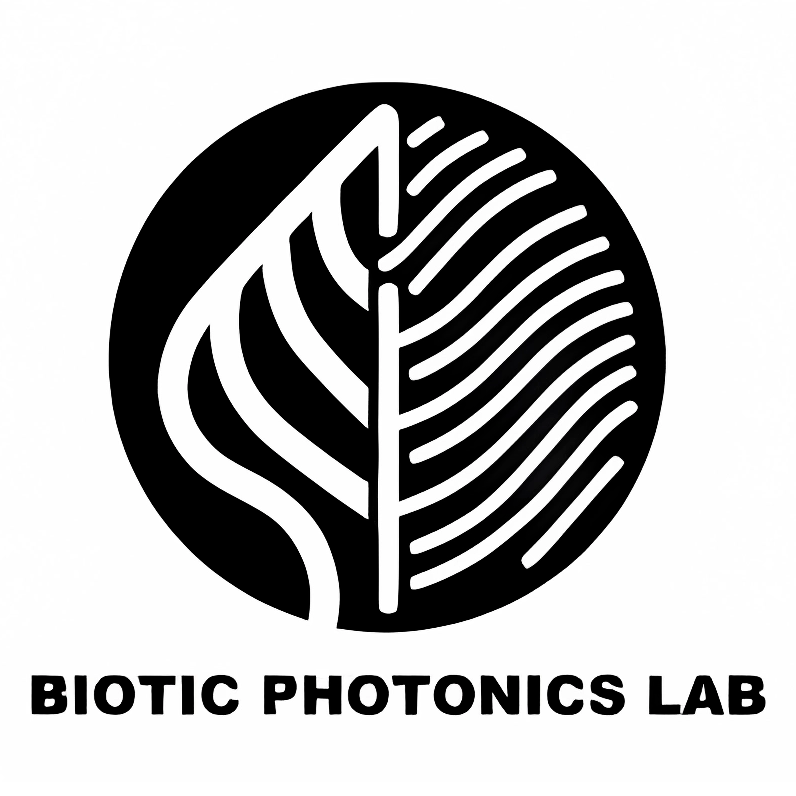FPU 2022 for doctoral thesis in irradiation with high energy ions and laser pulses
-
Application deadline: 17/ 01/2023 to 02/15/2023
-
Contact emails: esther.enriquez@csic.es, jose.olivares@csic.es
Micro and nano processing of materials of photonic interest by irradiation with high energy ions and laser pulses
The high-energy ions (up to 50 MeV) available at the CMAM center (ICTS) make it possible to generate , in most of the materials of technological interest, various patterns of processing caused by the high energy density deposited by the ions along their propagation traces (tunable between 0.1 – 15 keV/nm, depending on the atomic number of the ion). This high excitation can generate from point defects to selective amorphization. The processed/damaged pattern can be “tuned” to produce anything from amorphous nanotraces (a few nm in diameter and micron length), to micron-thick homogeneous damaged layers.
The macroscopic ion beam can be focused to micron sizes with adequate instruments available and/or under development at CMAM. Also, the ion beam can be “pulsed” electrostatically. Materials can also be irradiated in external beam mode to explore original functionalizations due to the effect of the type of atmosphere and continuous control of effective energy on the surface of the sample.
It is also available at CMAM of pulsed lasers (ns and fs) to study the original synergy of materials processing combining irradiation with ions and laser pulses.
Optical materials are studied for three main applications:
– integrated photonics (LiNbO3, Al2O3, SiO2, etc),
– optics for space instrumentation in deep UV (λ < 200 nm; multilayer AlF3, MgF2 , LaF3, etc.) and
– for diagnostic elements for fusion energy (SiO2, Al2O3).
Latest news

CMAM electrostatic ion accelerator
Complementary methodologies available:
– Structural characterization measures of the damage using “Ion Beam Analysis” techniques: RBS/C and Ionoluminescence.
– Optical characterization available: optical reflectance and UV-optical transmittance measurements. VIS; in-situ Raman spectroscopy during irradiation and ex-situ. Optical ellipsometry
– Characterization of irradiated surfaces: Profilometry and AFM
– Growth of thin films for spatial optical applications for UV (GOLD Group, IO, CSIC)
The more specific work would focus on selecting some of the elements mentioned above, after a conversation with the interested student, depending on their preferences.
Co-Directors:
Esther Enríquez Pérez and José Olivares Villegas
Institute of Optics, CSIC and CMAM,UAM
Contact emails: esther.enriquez@csic.es, jose.olivares@csic.es
Related news
4-year predoctoral job offer in the “Improved Deep Learning for Computer Vision” project
Madrid / November 20, 2024We are looking for candidates for a 4-year predoctoral contract at the Institute of Optics. The objective of the position...
Job offer for a junior engineer at the VioBio Lab, within the SureVision project
Madrid / November 20, 2024The Visual Optics and Biophotonics Laboratory offers a unique opportunity to join the Caixa Impulse - SureVision -...
Contract offer for thesis in bionic photonics.
Madrid / October 16, 2024The Biotic Photonics Laboratory of the Institute of Optics of Madrid offers a contract for the realization of the PhD...




